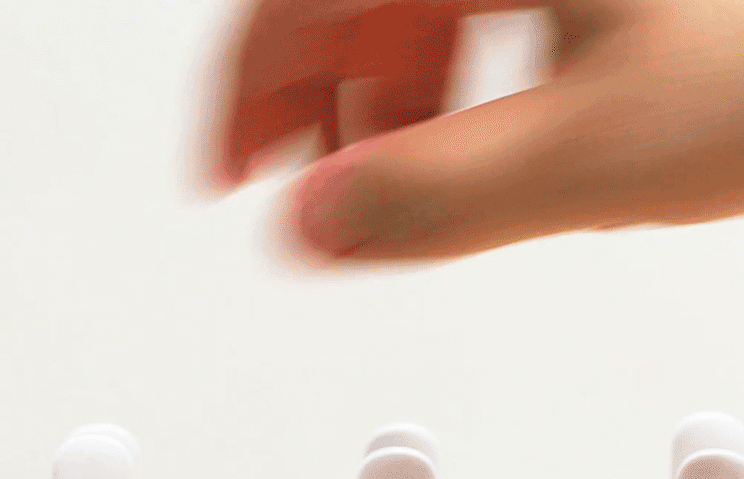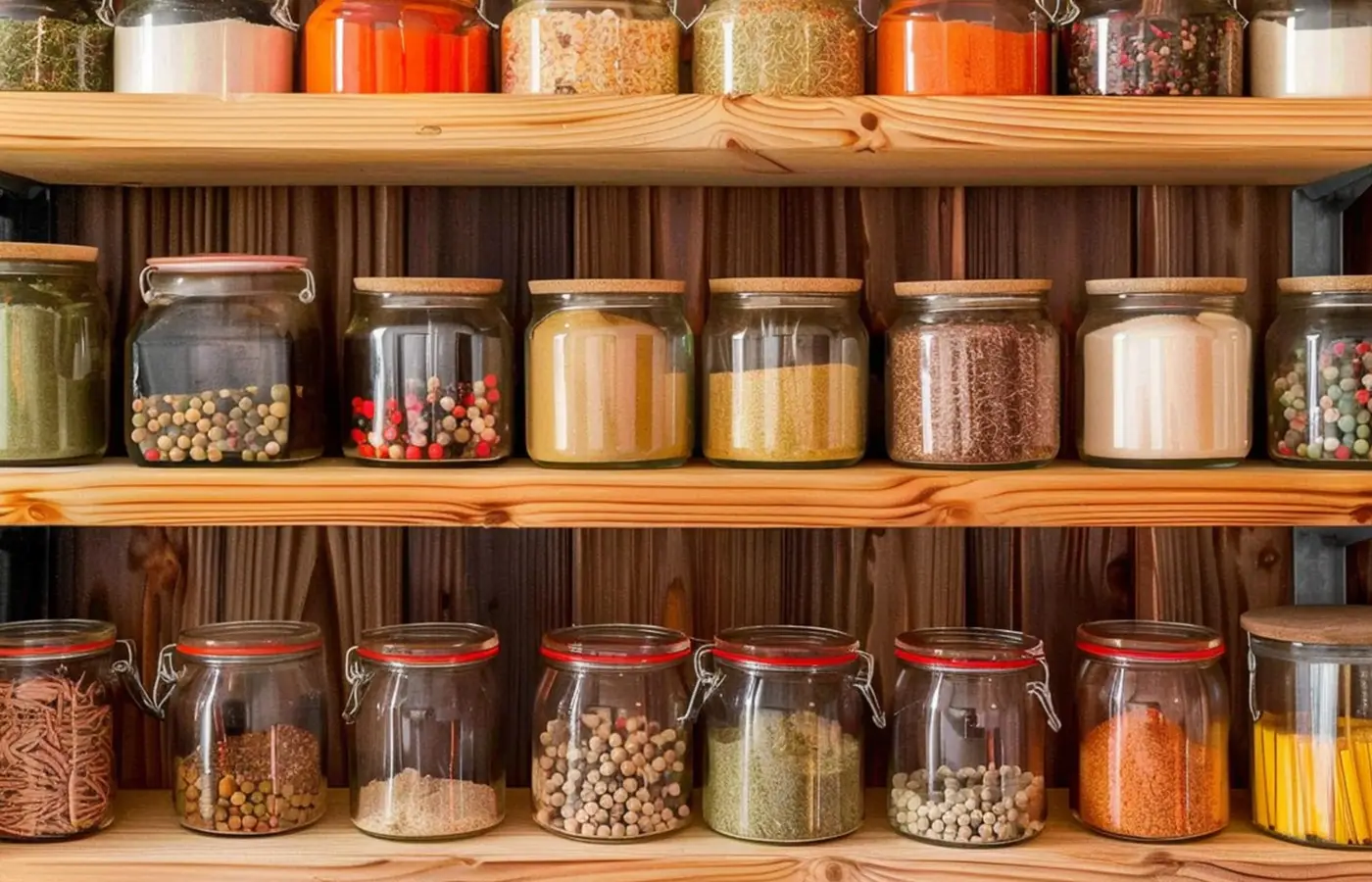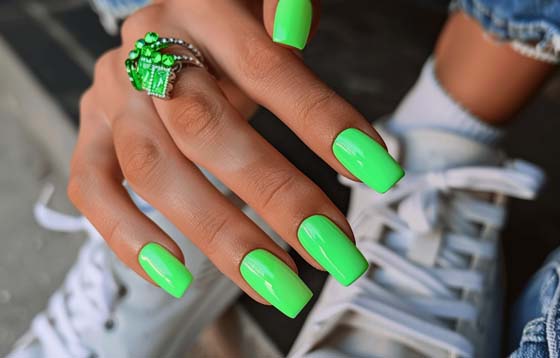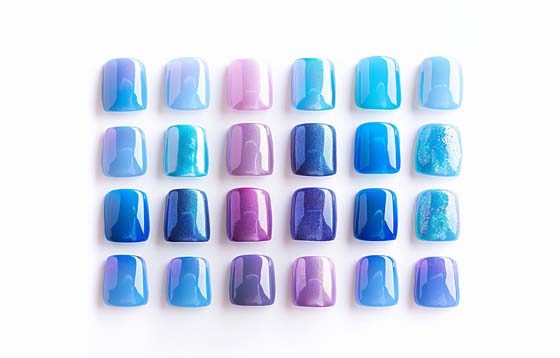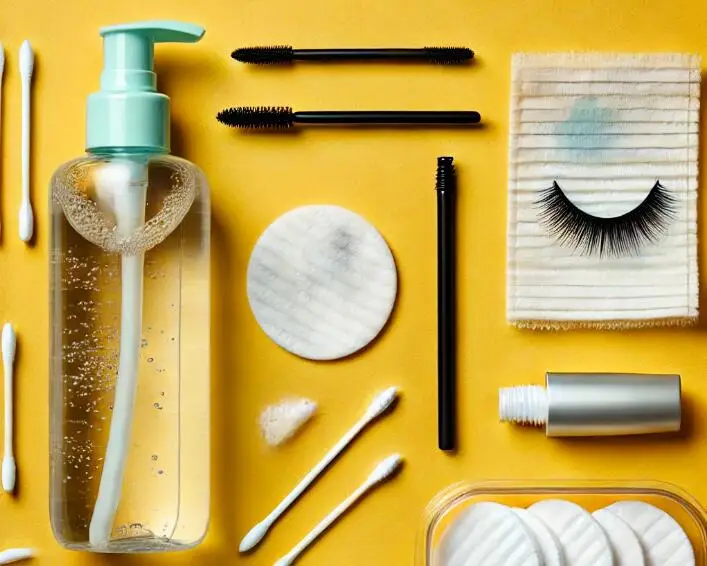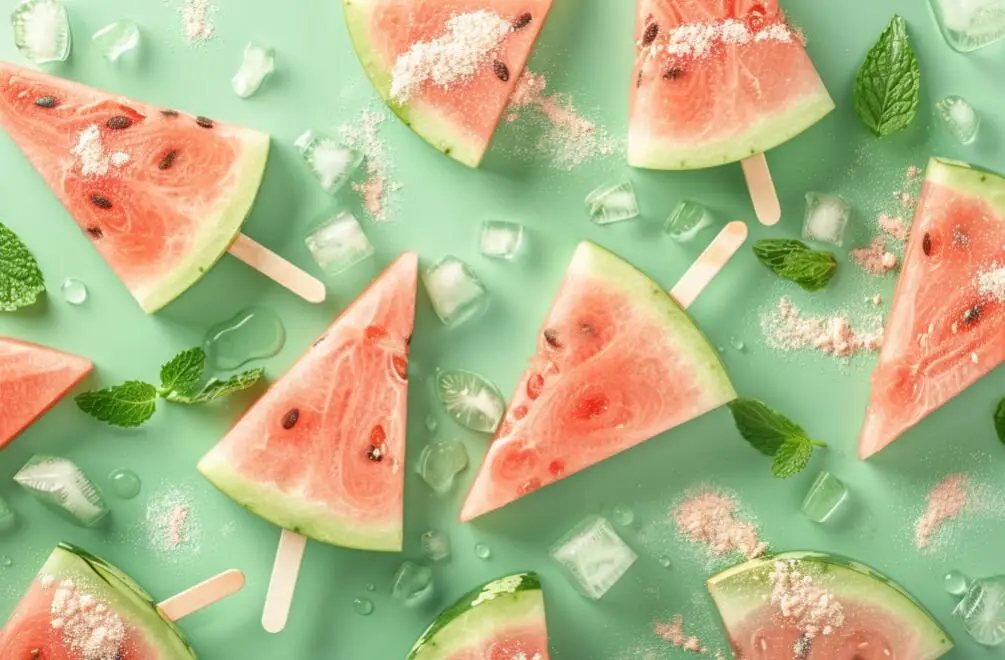Keeping children safe on social media: What parents should know to protect their kids
At what age should kids be on social media? Should they be on it at all? If they aren’t, will they be social pariahs? Should parents monitor their conversations? Do parental controls work?
Navigating social media as a parent — not to mention a child — is not easy. Using social media platforms is still the default for most American teenagers, with the Pew Research Center reporting that 58% of teens are daily users of TikTok, including 17% who describe their TikTok use as almost constant. About half of teens use Snapchat and Instagram daily, with near-constant use at 14% and 8% for each, respectively.
But parents — and even some teens themselves — are growing increasingly concerned about the effects of social media use on young people. Lawmakers have taken notice and have held multiple congressional hearings on child online safety. But even with apparent bipartisan unity, making laws and regulating companies takes time. So far, no regulation has passed.
What are parents — and teens — supposed to do in the meantime? Here are some tips on staying safe, communicating, and setting limits on social media — for kids as well as their parents.
Is 13 the Magic Age for Social Media?
There’s already, technically, a rule that prohibits kids under 13 from using platforms that advertise to them without parental consent: The Children’s Online Privacy Protection Act that went into effect in 2000, before today’s teenagers were even born.
The goal was to protect kids’ online privacy by requiring websites and online services to disclose clear privacy policies and get parents’ consent before gathering personal information on their kids, among other things. To comply, social media companies have generally banned kids under 13 from signing up for their services.
But times have changed, and online privacy is no longer the only concern when it comes to kids being online. There’s bullying, harassment, the risk of developing eating disorders, suicidal thoughts, or worse.
For years, there has been a push among parents, educators, and tech experts to wait to give children phones — and access to social media — until they are older, such as the “Wait Until 8th” pledge that has parents sign a pledge not to give their kids a smartphone until the 8th grade, or about age 13 or 14. Some wait even later, like 16 or 17.
But neither social media companies nor the government have done anything concrete to increase the age limit.
If the Law Won’t Ban Kids, Should Parents?
“There is not necessarily a magical age,” said Christine Elgersma, a social media expert at the nonprofit Common Sense Media. But, she added, “13 is probably not the best age for kids to get on social media.”
The laws currently being proposed include blanket bans on the under-13 set when it comes to social media. The problem? There’s no easy way to verify a person’s age when they sign up for apps and online services. And the apps popular with teens today were created for adults first. Companies have added some safeguards over the years, Elgersma noted, but these are piecemeal changes, not fundamental rethinks of the services.
“Developers need to start building apps with kids in mind,” she said.
Some tech executives, celebrities, and parents from all walks of life have resorted to various measures. While the decision is a personal one that depends on each child and parent, some experts say this could lead to isolating kids, who could be left out of activities and discussions with friends that take place on social media or chat services.
Another hurdle — kids who have never been on social media may find themselves ill-equipped to navigate the platforms when they are suddenly allowed free rein the day they turn 18.
Talk, Talk, Talk
A more realistic and effective approach to social media, experts say, involves giving children the tools and information they need to navigate a world in which places like TikTok, Instagram, and Snapchat are almost impossible to escape.
“You cannot just expect that the kids will jump into the world of social media, learn how to swim on their own,” said Natalie Bazarova, a professor of communications and director of the Cornell Social Media Lab. “They need to have instruction.”
Start early, earlier than you think. Elgersma suggests that parents go through their own social media feeds with their children before they are old enough to be online and have open discussions on what they see. How would your child handle a situation where a friend of a friend asks them to send a photo? Or if they see an article that makes them so angry they just want to share it right away?
For older kids, Elgersma says to approach them with curiosity and interest, “asking about what their friends are doing or just not asking direct questions like, ‘What are you doing on Instagram?’ but rather, ‘Hey, I heard this influencer is really popular.’” And even if your kid rolls their eyes, it could be a window.
Don’t say things like “Turn that thing off!” when your kid has been scrolling for a long time, says Jean Rogers, the director of the nonprofit Fairplay’s Screen Time Action Network.
“That’s not respectful,” Rogers said. “It doesn’t respect that they have a whole life and a whole world in that device.”
Instead, Rogers suggests asking them questions about what they do on their phone, and see what your child is willing to share.
Kids are also likely to respond to parents and educators explaining the sometimes insidious tools companies use to keep people online and engaged, Elgersma said. Watch a documentary like “The Social Dilemma” that explores algorithms, dark patterns, and dopamine feedback cycles of social media. Or read up with them on how Facebook and TikTok make money.
“Kids love to be in the know about these things, and it will give them a sense of power,” she said.
Setting Limits
Rogers says most parents have success with taking their kids’ phones overnight to limit their scrolling. Occasionally kids might try to sneak the phone back, but it’s a strategy that tends to work because kids need a break from the screen.
“They need an excuse with their peers to not be on their phone at night,” Rogers said. “They can blame their parents.”
Parents may need their own limits on phone use. Rogers said it’s helpful to explain what you are doing when you do have a phone in hand around your child so they understand you are not aimlessly scrolling through sites like Instagram. Tell your child that you’re checking work email, looking up a recipe for dinner, or paying a bill so they understand you’re not on there just for fun. Then tell them when you plan to put the phone down.
What About Parental Controls?
Social media platforms that cater to children have added an ever-growing array of parental controls as they face increasing scrutiny over child safety. For instance, Meta unveiled tools last year that let parents set time limits, see who their kid follows or is followed by, and allows them to track how much time the minor spends on Instagram. It does not let parents see message content.
But as with similar tools on other platforms such as TikTok, the feature is optional, and both kids and parents have to agree to use it. In order to nudge kids toward agreeing to set up the controls, Instagram sends a notice to teens after they block someone, encouraging them to let their parents “supervise” their account. The idea is to grab kids’ attention when they might be more open to parental guidance.
By making the feature optional, Meta says it is trying to “balance teen safety and autonomy” as well as prompt conversations between parents and their children.
Such features can be useful for families in which parents are already involved in their child’s online life and activities. Experts say that’s not the reality for many people.
U.S. Surgeon General Vivek Murthy said it’s unfair to expect parents to manage what their children do with rapidly evolving technology that “fundamentally changes how their kids think about themselves, how they build friendships, how they experience the world — and technology, by the way, that prior generations never had to manage.”
Putting all of that on the shoulders of parents, he said, “is just simply not fair.”
![]() Top Headlines
Top Headlines
Two kings, one prince due to attend their national teams’ games on same day at Euro 2024
VLADIMIR PUTIN
Popular flowers and their meanings: How to send a message with a floral gift
VLADIMIR PUTIN
Should young kids have smartphones? These parents in Europe linked arms and said no
VLADIMIR PUTIN


